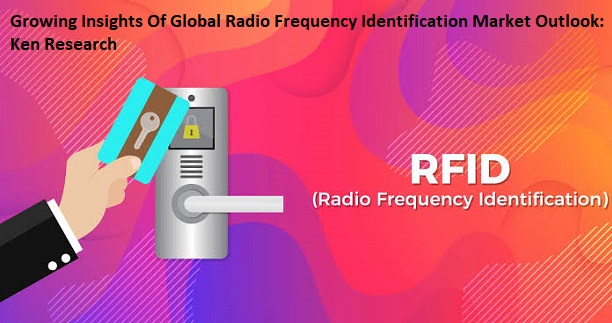Radio Frequency Identification or RFID refers to a technology that incorporates electromagnetic fields in the RF portion of the electromagnetic spectrum to recognize an object, device, animal or person. An RFID reader is a device, used to interrogate an RFID tag. The reader’s antenna emits radio waves to communicate with radio tags that store definite information about an item or object. The information provides identification for an original storage location, item, proof of ownership and history. RFID Reader is superior to barcode asset tracking software as it read the data outside the line-of-sight. The technology used in RFID Reader is Automatic Identification and Data Capture (AIDC) that identifies the object, collects the data, and directly inputs the data into the computer system automatically. It may need or may not need human interference.
RFID Reader is used in an extensive range of applications including toll booth passes, passports, smart cards, airplane luggage, merchandise tags, telephone & computer networks, home appliances, monitoring heart patients and operation of spacecraft & satellites. The key advantages are included can capture data from the RFID tag with no line of sight, read multiple RFID tags, reduces human effort & error by automatically collecting the data, helps the employee to improve productivity increases the visibility of assets and mitigates theft, risk, and loss.
According to the study, “Global RFID Reader Market 2019 by Manufacturers, Regions, Type, and Application, Forecast to 2024” the key companies operating in the global RFID reader market areAlien Technology, Extronics Ltd UK, CAEN RFID, iDTRONIC GmbH, Cipher Lab, INTERMEC, Datalogic Automation, Kaba Benzing, Fieg Electronics, ThingMagic, GAO RFID, RF Ideas, HARTING, MOTOROLA, Honeywell, Zebra Technologies, IFM electronic, STID, Impinj, TSL, Mojix, Unitech, PHG.
Based on type, RFID reader market is segmented into High Frequency (HF) RFID reader, Middle-Ware (MW) RFID reader, Low Frequency (LF) RFID reader and Ultra High Frequency (UHF) RFID reader. Based on style type, the market is segmented into RAIN, Snap-On, handheld, USB, fixed, Bluetooth, iPhone, vehicle, and others. Based on the type of interface, the market is segmented into Bluetooth, USB, Ethernet, and RS-232 serial. Based on antenna capacity, the market is segmented into 2 antennas, 3 antennas, 4 antenna, and 32 antennae. In addition, based on end-use, the market is segmented into automotive, transportation & logistics, government, manufacturing, retail, and others.
The RFID reader market is driven by growth in demand for RFID systems in transport & healthcare sectors, followed by a rise in need for efficient supply chain management, integration of new technology in RFID readers and growth in the retail industry. However, the lack of standardization and high cost of reading equipment may impact the market. Moreover, an increase in number of partnerships between organizations and high the adoption rate of RFID technology are key opportunities for the market.
Based on geography, the North-American region dominates the RFID reader market owing to the majority of RFID reader vendors, and growth in technological advancements in the region. Whereas, the European and Asian-Pacific regions are anticipated to exhibit a substantial growth rate due to the rise in digitalization & industrialization over the forecast period. In the near future, the market is predicted to witness a higher growth rate because of the rise in demand for providing many benefits during the forecast period. The global market is likely to grow at a CAGR of approximately 14.8% over the next five years, will reach the US $3400 million in 2024, from the US $1490 million in 2019.
To Know More, Click On The Link Below:-
Global Radio Frequency Identification Reader Market
Related Reports:-
Global RFID Card Reader Market Report 2019, Competitive Landscape, Trends and Opportunities
Contact Us:-
Ken Research
Ankur Gupta, Head Marketing & Communications
+91-9015378249

